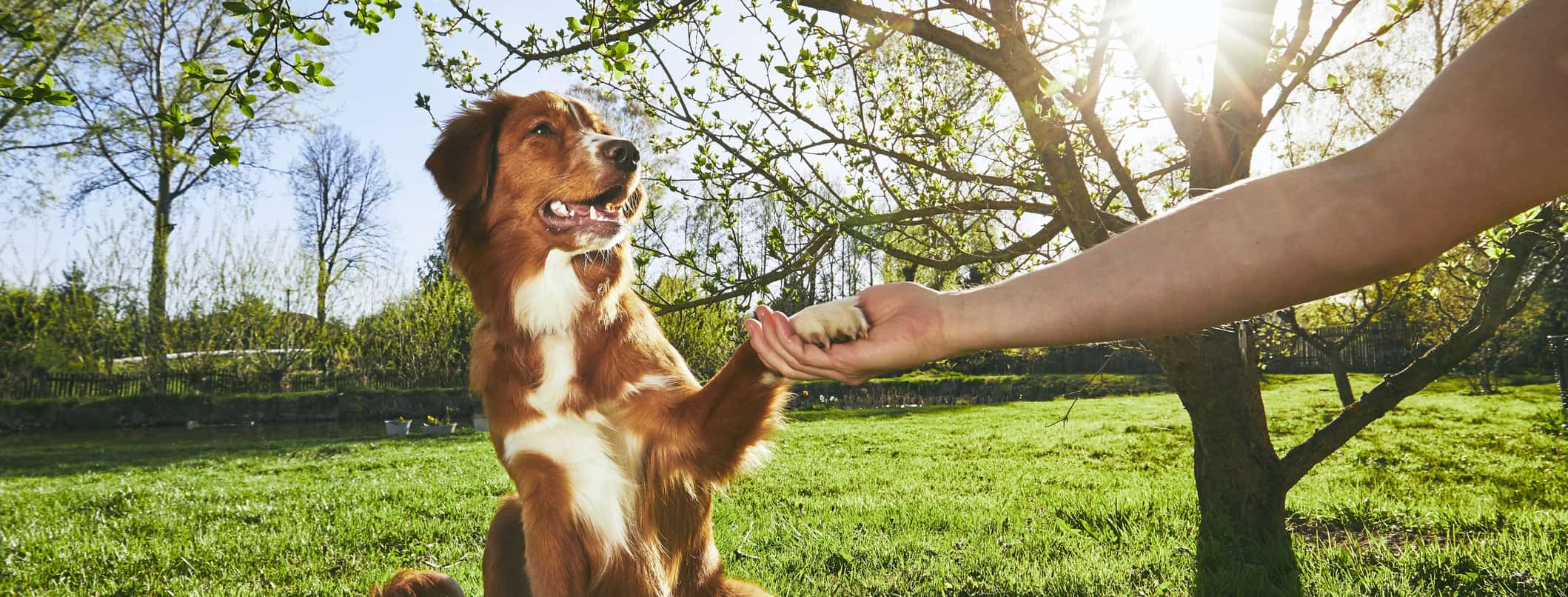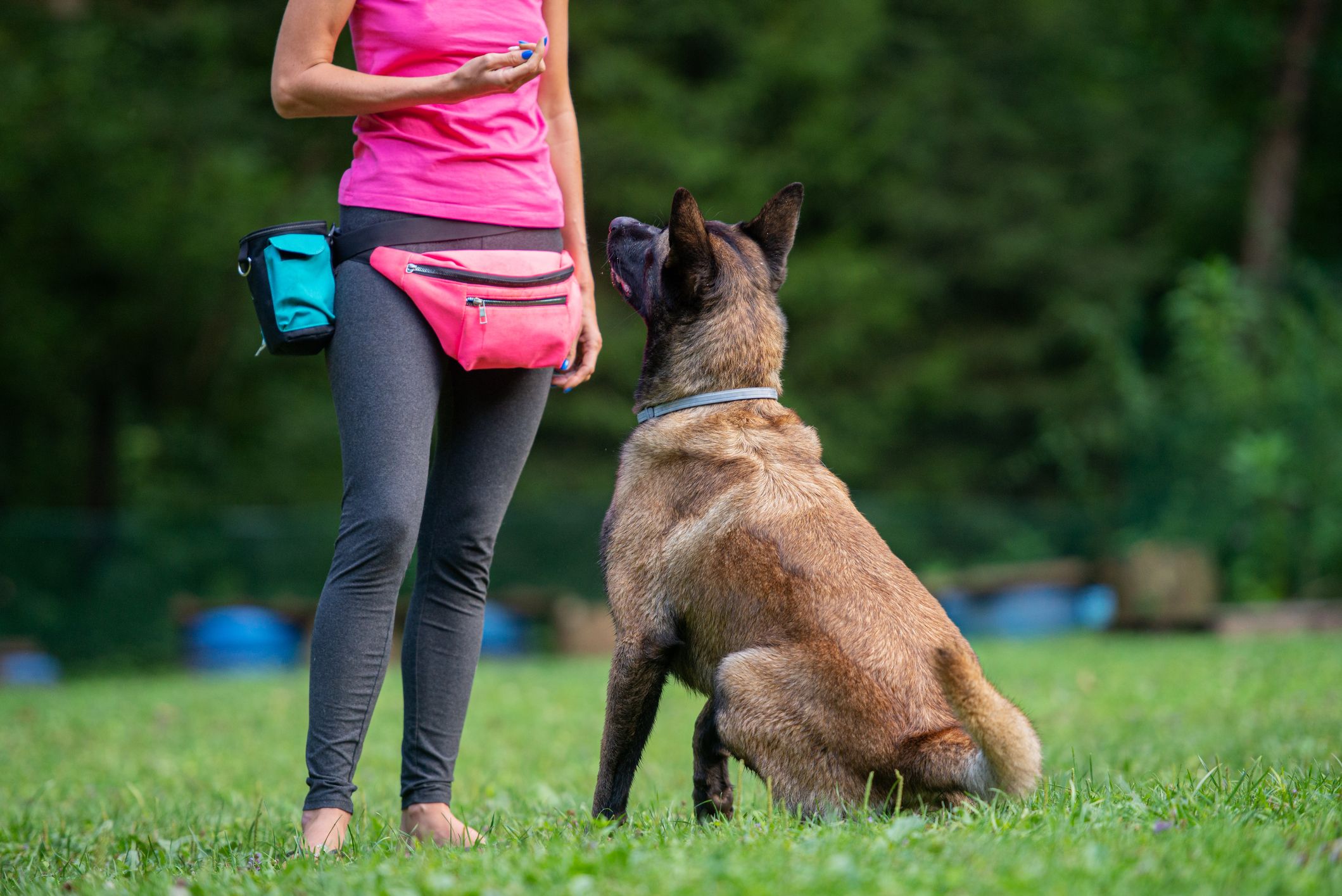How to Integrate Games right into Your Dog Training Routine
How to Integrate Games right into Your Dog Training Routine
Blog Article
Necessary Tips for Effective Dog Training: An Overview for Animal Owners
Efficient canine training is a complex process that calls for a calculated strategy tailored to both the animal's personality and the owner's purposes. Recognizing just how to navigate these barriers can dramatically improve the training experience, ultimately changing the connection in between owner and dog.
Recognizing Dog Behavior
Comprehending pet actions is necessary for efficient training and fostering a harmonious connection between canines and their owners. dog training. Pet dogs connect largely through body language, vocalizations, and activities, making it crucial for owners to interpret these signals accurately.

Socializing plays a substantial function in pet dog actions; exposure to numerous atmospheres, people, and other pets can significantly impact a canine's temperament. Furthermore, aspects such as type attributes and private temperament should assist training approaches, as some breeds may have details behavior qualities that demand customized strategies. By comprehending these components, owners can create a supportive setting that encourages favorable habits, bring about effective training results and a deeper bond with their pet dogs.
Establishing Constant Commands
Efficient interaction with your canine starts with establishing consistent commands. This foundational aspect of training is essential for cultivating understanding between you and your pet. Uniformity in the commands you use makes sure that your dog can dependably associate certain words or phrases with the preferred actions.
When selecting commands, select clear, distinct words that are very easy to differentiate and state from one an additional. Prevent making use of similar-sounding commands that may puzzle your pet dog. Utilizing "rest" and "remain" is suitable, however "rest" and "struck" can lead to misunderstandings.
In addition, maintain the same tone and volume for every command. Pet dogs are sensitive to singing cues, so differing your tone can develop complication.
It is similarly essential to guarantee that all relative are on the very same page relating to the commands utilized. A united front in command usage will certainly avoid combined signals and reinforce the knowing procedure.
Favorable Reinforcement Methods
The power of positive reinforcement in pet training hinges on its ability to urge preferred actions through benefits and appreciation. This method is grounded in the concept that habits followed by favorable end results are a lot more likely to be duplicated. By integrating favorable reinforcement right into your training program, you can efficiently form your pet dog's behavior in a positive way.
To apply favorable reinforcement, it's important to identify what encourages your dog, whether it be treats, playthings, or verbal appreciation. When your canine executes a preferred activity, such as remaining on command, promptly compensate them with a treat or love. This organization between the command and the favorable end result enhances their understanding.
It's critical to timing the benefits correctly; providing the reinforcement within seconds of the preferred actions helps your pet dog make the link (dog training). Furthermore, uniformity is vital-- guarantee that all member of the family make use of the very same commands and incentive systems to stay clear of complication

Gradually, you can lower the regularity of treats as your pet finds out the habits, transitioning to praise or periodic incentives. This method not just promotes a solid bond in between you and your pet but also promotes a positive discovering setting, making educating a satisfying experience for both.
Socialization and Interaction
Constantly subjecting your pet dog to a selection of settings, individuals, and other pets is crucial for their social development. Socialization should begin early, preferably during the crucial window of 3 to 14 weeks, when puppies are most receptive to new experiences. Older pets can additionally profit from continuous socialization efforts.
Present your pet dog to different settings, such as parks, pet-friendly stores, and city areas. This exposure assists them adjust to different stimulations, minimizing anxiousness and concern responses. Urge favorable communications with various other canines and people, ensuring that these experiences are controlled and safe to foster self-confidence.
Make use of structured playdates with courteous dogs, as this can boost your canine's social abilities and show them proper behavior. Obedience courses continue reading this and training sessions also give outstanding opportunities for socializing, allowing your pet dog to interact with others in a monitored environment.
Display your pet dog's body language throughout communications, as this will aid you evaluate their comfort level. Progressively enhance direct exposure to more tough situations while making sure that each experience declares. A well-socialized pet is more probable to show balanced behavior, making them a pleasure to have in any setup.
Dealing With Typical Training Obstacles
Every dog owner will certainly encounter training difficulties at some time, no matter their pet dog's age or socializing degree. Identifying typical problems such as stubbornness, distractions, and terror can assist in creating reliable techniques for enhancement.

Gradually present distractions as the pet comes to be extra competent in commands. Short, frequent training sessions are additionally efficient in preserving focus.
Terror can prevent a pet's understanding procedure. Progressive desensitization to the resource of anxiety, coupled with favorable support, can help alleviate anxiety. Patience is vital; never ever force a dog right into a circumstance that triggers distress, as this may exacerbate the concern.
Eventually, understanding and dealing with these common challenges with an organized approach will promote an extra effective training experience, enhancing the bond between pet and owner while promoting reliable discovering.
Conclusion
In recap, successful dog training counts on an extensive understanding of canine actions, the facility of consistent commands, and the application of favorable reinforcement methods. Socialization plays a crucial function in establishing well-adjusted pets, while resolving common training obstacles requires perseverance and flexibility. By executing these crucial approaches, animal proprietors can cultivate a solid bond with their canines and advertise desirable habits, eventually causing a harmonious partnership in between people and their canine companions.
Recognizing canine habits is important for reliable training and promoting an unified partnership between canines and their proprietors.Socializing plays a substantial duty in pet dog behavior; exposure to numerous settings, individuals, and various other animals can considerably affect a dog's personality.The power of favorable reinforcement in pet dog training lies in its capacity to motivate desired habits through incentives and praise. By including positive support into your training routine, you can successfully shape your pet dog's habits in a positive manner.
In summary, effective pet training counts on an extensive understanding of canine actions, the facility of constant commands, and the application of positive reinforcement more methods.
Report this page